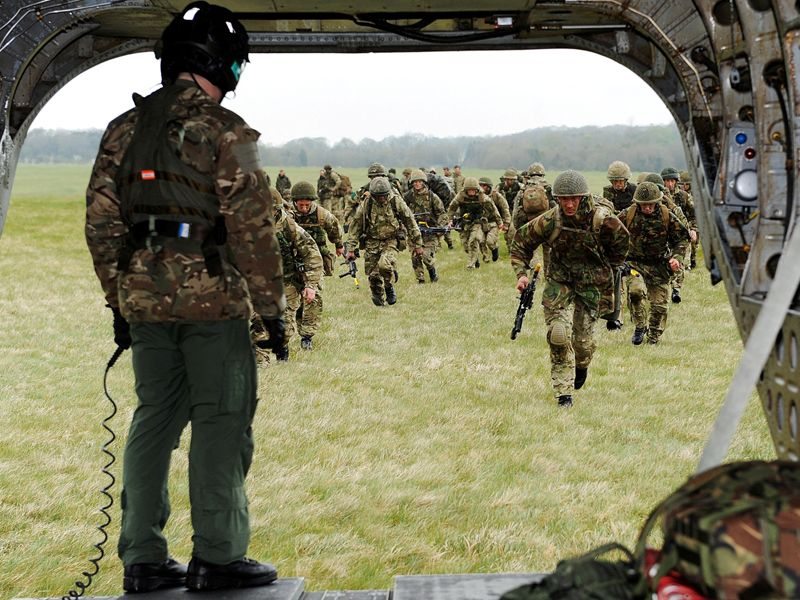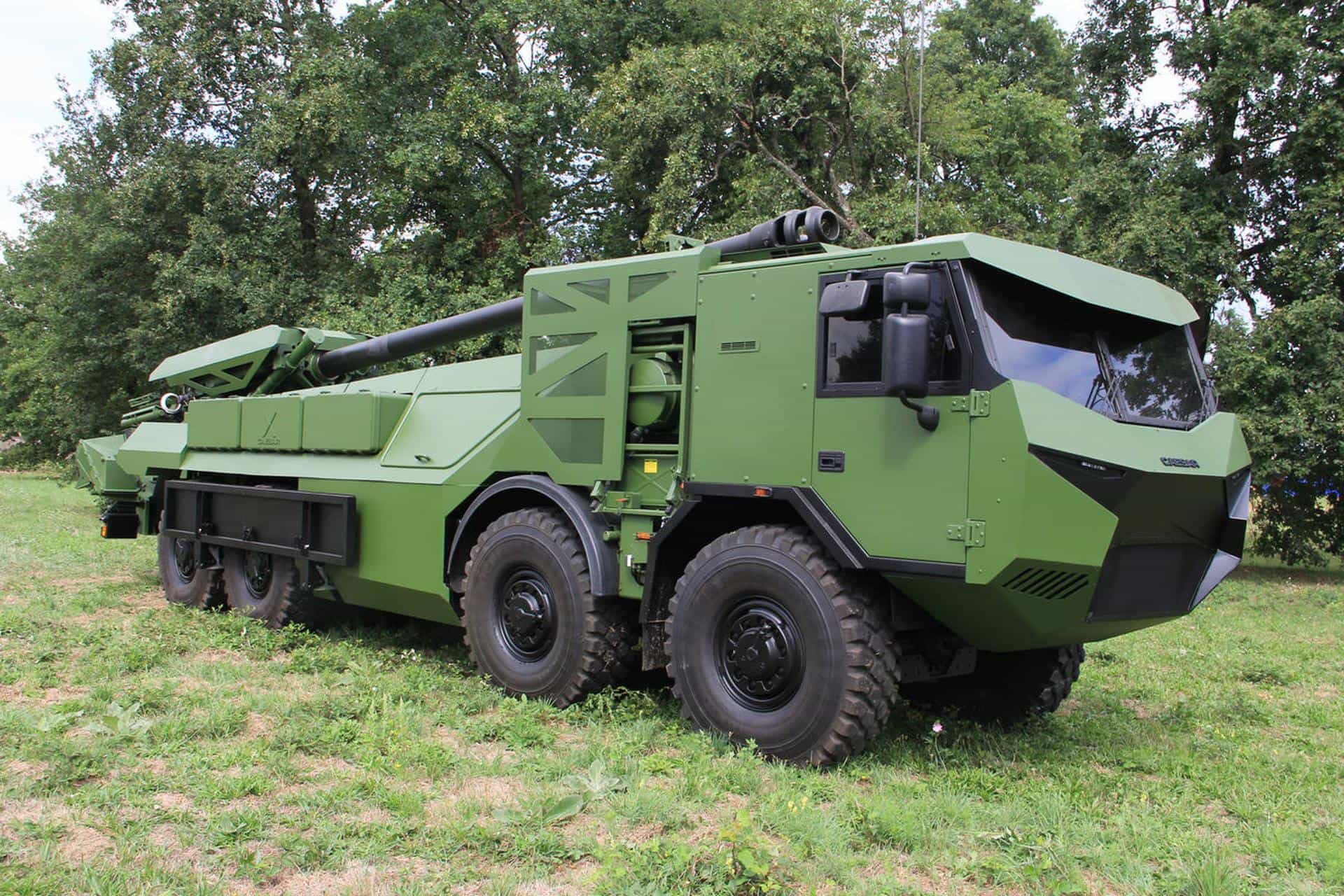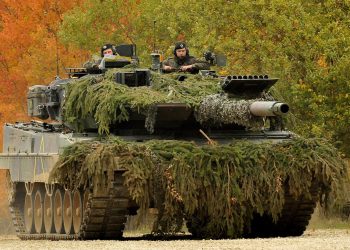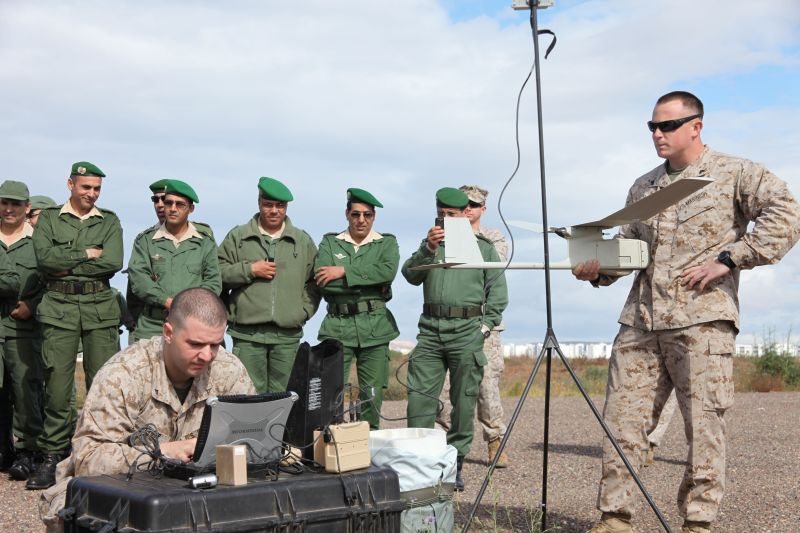The Army’s general tasked with projecting the future operating environment said that cyber attacks, “Arab Spring” rebellions and the economy are issues that could affect the military beyond the next decade.
The Army will need to think more about the probable, the possible and the unthinkable if it is going to get how it fights right in 2028, said Lt. Gen. Keith C. Walker, deputy commanding general for Training and Doctrine Command, or TRADOC, Futures. He spoke April 12 at the monthly breakfast gathering of Association of the U.S. Army members.
“We approach this with a campaign of learning which is nothing more than a series of seminars, war games, experiments and studies,” Walker said.
“When we do our campaign of learning, we have a really broad audience of interagency; industry joins us and academia asks the hard questions about our concepts,” Walker said. “We wanted a ‘look out,’ so we did snapshots of 2018, 2020 and 2028, not that we ever dream we could get the future right, but the idea (is) to make sure we do not get the future too wrong.”
Out of the first “campaign of learning” seminar, Walker noted four impediments that could affect the Army’s operational environment, first of which will be the health of the economy. He said the economists who participated weren’t “necessarily very optimistic” through 2018 and had mixed feelings on economic improvement by 2020.
The second problem could be “Arab Spring” rebellions, protests and demonstrations throughout the Middle East which have forced rulers from powers in countries such as Egypt, Libya, Tunisia and Yemen.
“Arab Spring may well be for the nation and the Army, the gift that keeps on giving,” Walker said. “We just don’t know what’s going to happen.”
The general who is double-hatted as director of the Army Capabilities Integration Center said another big concern is the huge number of cyber attacks on the nation, something he added that is expected to grow. The nation needs to figure out how to deal with these cyber attacks, he said.
Walker said the last predominant concern was the shift of U.S. strategy to the Pacific and Asia. Given the number of Pacific nations and their economies and that eight of 10 of the world’s largest armies are in the Pacific poses a predominant concern, he said.
It was then-TRADOC commander Gen. Martin E. Dempsey who wanted his Future staff to think about the probable, the possible and the unthinkable because however the design of the Army is adjusted, it has to be able to deal with each of these areas, said Walker.
He cited examples of each: probable would be humanitarian crises, while a failed government would be classed as possible, while a nuclear crisis would be the unthinkable.
Walker said every adversary in the world knows how the U.S. would prefer to fight, “stand off a great distance, be as precise as we can with precision munitions that are very clean and kill the bad guy.” Because adversaries know how the country would prefer to fight, he said, no adversary in a right mind would attack in a conventional manner.
“We believe adversaries who might face us would likely use hybrid tactics, a mix of conventional and unconventional means,” he said. “That would include [improvised explosive devices], rather sophisticated anti-tank guided missiles, and people not in uniform.”
Leadership is exploring a broad range of ideas for the Army of 2020 such as a redesign of the brigade combat team. Walker told the audience that before the war started the Army had 18 different brigade combat teams, but was now looking for a single, standard design.
He added that U.S. Forces Command was looking into a new Army Forces Generation model because, he said, what’s been used for the last 10 years may not work for the next 10 years.
Over the last 10 years special operations and conventional forces have become closer and often operate together. Walker wants to continue and explore ideas on how the two components can continue to work together and move forward.
Other ideas include:
- maintain an operational Reserve
- create reconnaissance and surveillance brigades
- create regionally aligned forces
- enhance Army advisory capabilities
- implement a new tactical wheeled vehicle strategy











